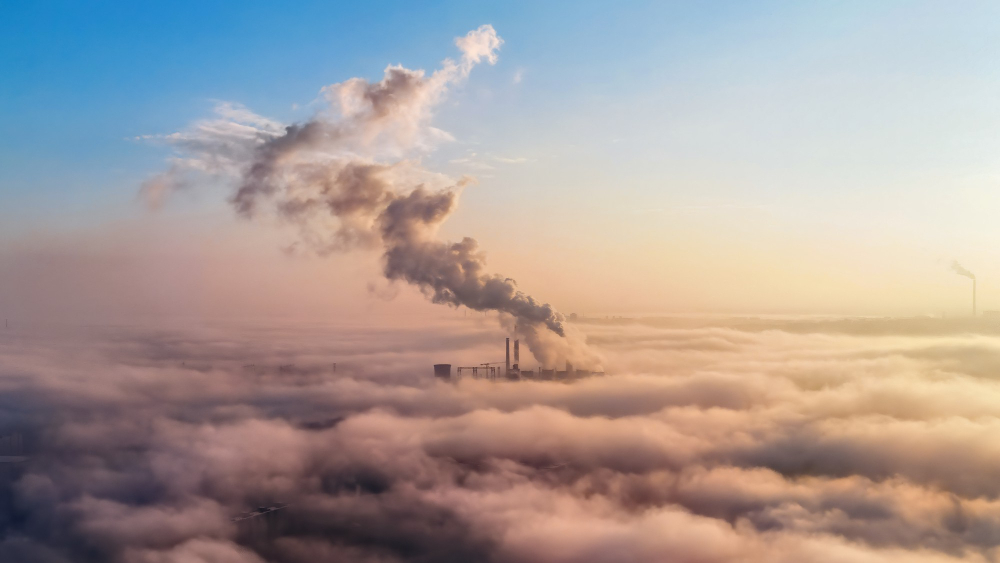India is facing a significant climate crisis with some regions emerging as hotspots for extreme weather events. The rising temperatures and changing weather patterns are causing disruptions in agriculture, water resources, and livelihoods.
Impacts on Agriculture: The Vulnerable Sector
The agricultural sector in India is particularly vulnerable to climate change. Erratic rainfall, prolonged droughts, and increased frequency of extreme weather events are affecting crop yields and food security. Farmers are grappling with new challenges, from unpredictable weather patterns to the spread of pests and diseases.
Water Scarcity: A Growing Concern
Water scarcity is becoming a pressing issue in many parts of India. Depleting groundwater levels, reduced snowfall in the Himalayas, and changing monsoon patterns are leading to water shortages in both urban and rural areas. This scarcity is not only affecting daily life but also impacting industries, agriculture, and ecosystems.
Adapting to Change: Climate Resilience Strategies
To address these challenges, India is focusing on building climate resilience through adaptation and mitigation strategies. Initiatives such as water conservation projects, sustainable agriculture practices, and renewable energy adoption are being promoted to reduce vulnerability and enhance resilience.
Conclusion: The Urgent Need for Climate Action
The climate crisis in India is real and pressing, with certain regions becoming hotspots for climate impacts. Immediate action is required to mitigate the effects of climate change and build a more sustainable and resilient future for all. By adopting innovative solutions and fostering collaboration, India can lead the way in addressing the global climate challenge.







